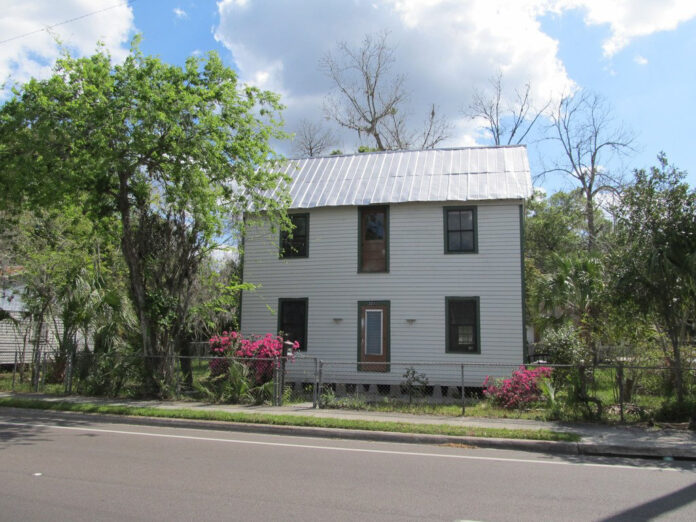Pleasant Street is a name that carries a lot of history, culture, and community. From its early days as a route connecting key areas to becoming a vibrant part of modern cities, Pleasant Street is full of stories that are waiting to be told. Whether you’re walking down this street in Belmont, Gainesville, or Cambridge, you’ll find traces of the past mixed with today’s lively atmosphere.
One of the most interesting things about Pleasant Street is how it has changed over the years. In places like the Pleasant Street Historic District in Belmont, old farmhouses stand next to new homes, showing how much this street has evolved. It’s a great example of how history and modern life can come together in one spot. But what makes Pleasant Street even more special is how it connects communities and brings people together, whether it’s for a celebration or just a daily walk.
Pleasant Street Today: Connecting Communities in Growing Cities
Pleasant Street plays a big role in the development of cities like Noblesville and Gainesville. It’s not just a street; it’s a vital connection between different neighborhoods, people, and businesses. For example, the Reimagine Pleasant Street project in Noblesville is designed to improve traffic flow, safety, and accessibility. This project is part of a bigger effort to make the street safer and more convenient for everyone.
The project aims to provide smoother travel and better access for local residents and businesses. It includes building new roads, sidewalks, and even a roundabout to make it easier for cars and pedestrians to move around. These improvements will make the street more efficient and safer, benefiting people who live in the area and others who need to use it for work or leisure.
- Improved safety for pedestrians and drivers
- New roundabout for better traffic flow
- Better access to nearby businesses and services
A Walk Through History: Key Landmarks on Pleasant Stree
When you walk along Pleasant Street, you can’t help but notice the many historic landmarks that make this area so special. In Belmont, the Pleasant Street Historic District is home to buildings that date back to the 1700s. These old homes are a reminder of the town’s agricultural past and its transformation over time.
For instance, the Captain Stephen Frost House, built in 1763, is one of the oldest buildings in the area. It stands as a symbol of the early farming days when Pleasant Street was mainly a rural route. Other buildings like the Isaac Locke, Sr. House and the Samuel O. Mead House also reflect the early architecture of the area, with their Federal style designs.
- Captain Stephen Frost House (1763)
- Isaac Locke, Sr. House (1815)
- Samuel O. Mead House (1826)
Pleasant Street’s Architectural Evolution: From Georgian to Queen Anne
Over the years, Pleasant Street has become home to a variety of architectural styles. Starting with the simpler Georgian-style farmhouses in the 1700s, the street slowly began to take on more elaborate designs as wealth and prosperity grew. As Belmont’s population increased in the 1800s, many of the original homes were remodeled, adding new features like grand columns and detailed facades.
The Greek Revival style was particularly popular in the mid-1800s, with homes like the Charles Wellington House and Edwin Locke House standing out for their elegant designs. Later, in the late 1800s, styles like Queen Anne and Italianate became fashionable, bringing a new level of creativity to the area’s architecture.
Subheading: Architectural Highlights Along Pleasant Street
- Greek Revival homes like the Charles Wellington House (1808)
- Second Empire style houses such as the William Flagg Homer House (1853)
- Queen Anne style homes, including the George M.D. Sargent House (1896)
Discovering Pleasant Street’s Role in Gainesville’s African-American History
Pleasant Street is not just important for its architecture; it also holds deep cultural significance in places like Gainesville, Florida. The Fifth Avenue/Pleasant Street neighborhood in Gainesville is the city’s oldest and most intact African-American community. This area is nearly 150 years old and has played a central role in the history of the African-American community in the city.
During times of segregation, this neighborhood was a “town within a town” for African-Americans. People lived, worked, and raised families in this area, creating a close-knit community that supported each other. Many of the churches, schools, and buildings in the area played vital roles during the Civil Rights Movement and continue to be places of cultural and historical importance today.
- Friendship Baptist Church
- Mt. Pleasant United Methodist Church
- A. Quinn Jones African-American History Museum
Conclusion
Pleasant Street is more than just a road—it’s a place full of history and stories that connect different communities. From its early days as a farm route to its modern role in cities like Noblesville and Gainesville, the street has always been a place where people come together. The projects and efforts to improve it show how important Pleasant Street is in shaping the future of these neighborhoods.
Walking down Pleasant Street today, you can see the past and present living side by side. Historic buildings, cultural landmarks, and the friendly vibe all make this street special. Whether you’re interested in history, architecture, or just want to enjoy a peaceful walk, Pleasant Street has something for everyone to discover and enjoy.

